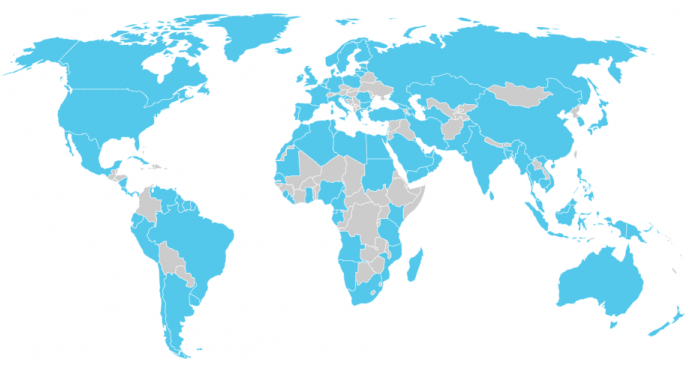Newly published: Lists of Spanish and Portuguese IBAs for seabirds
 A list and description of Important Areas for the Conservation of Seabirds (marine IBAs) in Spain has been recently published by SEO/BirdLife (Spanish Ornithological Society) as an important delivery of an EU LIFE Project that started in 2004. The Spanish initiative ran in parallel with a sister LIFE Project in Portugal, carried out by the local BirdLife partner SPEA (Portuguese Society for the Protection of Birds), which also culminated in the publication of a marine IBA inventory.
A list and description of Important Areas for the Conservation of Seabirds (marine IBAs) in Spain has been recently published by SEO/BirdLife (Spanish Ornithological Society) as an important delivery of an EU LIFE Project that started in 2004. The Spanish initiative ran in parallel with a sister LIFE Project in Portugal, carried out by the local BirdLife partner SPEA (Portuguese Society for the Protection of Birds), which also culminated in the publication of a marine IBA inventory.
 Both publications are unique in the fact that they present the first listed IBAs for seabirds that are not only restricted to the coast but also include offshore areas. All IBAs that had been identified in the world so far are terrestrial or coastal. Therefore the new Iberian publications could be a sign of a new and very important trend. They emphasise the recognition of the importance of offshore sea areas in the protection of vulnerable sea birds and the conservation of their populations. One of the objectives of this pioneering initiative was to develop the methodological framework that would set the basis for marine IBA identification worldwide, particularly regarding the less studied offshore areas. As this framework is now developed, hopefully also in other areas in the world offshore IBAs can be identified. Ongoing projects are currently being carried out in other countries such as Greece, Malta, the Baltic Countries, Argentina, Peru, USA, South Africa and New Zealand.
Both publications are unique in the fact that they present the first listed IBAs for seabirds that are not only restricted to the coast but also include offshore areas. All IBAs that had been identified in the world so far are terrestrial or coastal. Therefore the new Iberian publications could be a sign of a new and very important trend. They emphasise the recognition of the importance of offshore sea areas in the protection of vulnerable sea birds and the conservation of their populations. One of the objectives of this pioneering initiative was to develop the methodological framework that would set the basis for marine IBA identification worldwide, particularly regarding the less studied offshore areas. As this framework is now developed, hopefully also in other areas in the world offshore IBAs can be identified. Ongoing projects are currently being carried out in other countries such as Greece, Malta, the Baltic Countries, Argentina, Peru, USA, South Africa and New Zealand.
In Spain a total of 42 marine IBAs were identified, which are widely scattered over the Spanish marine territory: ten in the Canary Islands, eight along the Cantabrian Sea and off Galicia, eight in the Alboran Sea and the Gulf of Cadiz (Mediterranean-Atlantic transition zone), and 16 in the Mediterranean (eight in the Balearic Islands and eight along the Iberian Mediterranean shelf and slope). These IBAs provide habitats for some 27 different sea bird species, including 16 species from Annex I of the Birds Directive. In the study, direct mortality caused by oil spills, pollution and other threats related with ship traffic were identified as one of the main issues affecting seabirds in the marine IBAs.
“This was a challenging and exciting initiative, given its innovative nature and the immensity of the study area (over 1,000,000 km2 in each country)” says Josep Arcos, Marine Programme Manager of SEO. “After years of hard work, both the Spanish and the Portuguese LIFE Projects have successfully achieved the identification of marine IBAs in their territorial waters”. However, Arcos highlighted that the big challenge is still there: marine IBAs should receive legal protection (mainly through their designation as Special Protection Areas -SPAs- within the Natura 2000 framework), and management plans should be implemented to ensure the conservation of the seabirds that are using these areas.


